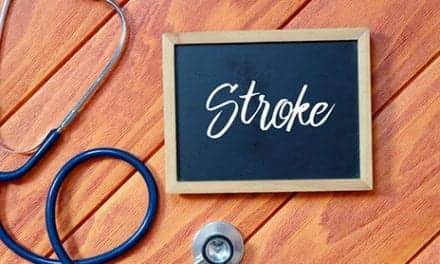.png)
During the study, researchers reportedly assessed the associations of serum total and cholesterol and total/HDL cholesterol ratio with total and type-specific stroke incidence among 58,235 Finnish patients, aged 25 to 74 years. Patients were also free of coronary heart disease and stroke at baseline.
The study’s results indicate that over a follow-up period of 20 years, 3,914 participants developed stroke events. According to researchers, 3,085 patients sustained ischemic strokes, 497 patients sustained intracerebral hemorrhage, and 332 patients experienced subarachnoid hemorrhage. The results also suggested that the multivariable hazard ratios at different levels of total cholesterol were 1.00, 1.05, 1.16, and 1.22 for total stroke and 1.00, 1.06, 1.19, and 1.27 for ischemic stroke in men and 1.00, 0.58, 0.61, and 0.50 for intracerebral hemorrhagic stroke in women, respectively.
Researchers add that low levels of HDL cholesterol and a high total/HDL cholesterol ratio were associated with increased risk of total and ischemic stroke in both men and women, however the presence of the association disappeared in men yet remained significant in women, following further adjustment for body mass index, blood pressure, and history of diabetes.
The study indicates that the inverse association of HDL cholesterol and positive association of total/HDL cholesterol ratio with total and ischemic stroke risks were found in both men and women.
Source: Stroke




